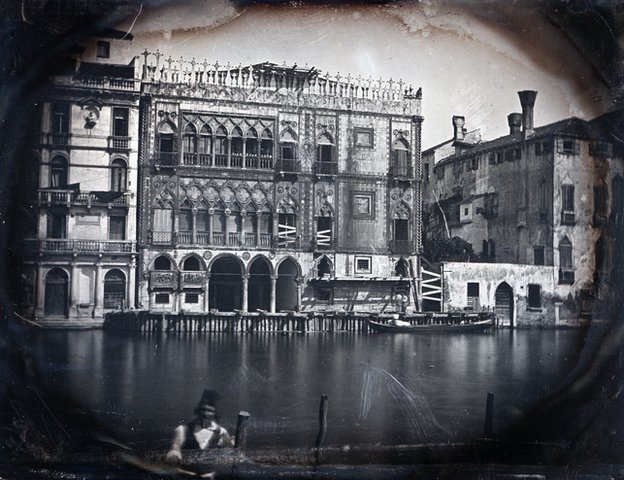
Figure 1 -= Daquerreotype by John Ruskin and John Hobbs of Venice, c 1851. In the public domain because of its age.
I was excited today to learn that famed Anitquarian Bookseller Bernard Quaritch is to publish a set of daguerreotypes, “Carrying Off the Palaces” owned and many taken by the great 19th century art critic and champion of the pre-Raphaeliltes, John Ruskin (1819-1900). Much of this work was a collaboration between Ruskin and his valet, John Hobbs. These were purchased by collectors Ken and Jenny Jacobson for£75,000 in 2006. The images for the most part were taken in Italy, France and Switzerland around 1850.
Most of the daguerreotypes that we see are portraits and subjects like landscapes and architectural details relatively rare. In that regard many of these images are unique and in the hand of a master like Ruskin quite stunning. Ruskin was the leading English Victorian Era art critic, and as such he helped define much of what we now see as “Victorian art and sensibilities.” But he was much more: an art patron, draughtsman, watercolourist, a prominent social thinker and philanthropist, and now revealed to have been an accomplished daguerreotypist.
Today executing a daguerreotype seems difficult and fraught with danger. But at the time it was embraced and mastered by many Victorians. Such was the excitement about the process and about the concept that one could “capture the light.” As we have discussed there is something truly unique and magical about the daguerreotype, an amazing level of detail and the “magical” fact that as you approach one and move your head directly over the image it disappears and is replaced with a shiny mirror. The discovery of Ruskin and Hobbs’ work represents a major development in our understanding of the development of photography, which after all is much more than a set of scientific discoveries, but really a redefining moment in the history of mankind.

Pingback: Jane Morris and the mystery of John Robert Parsons